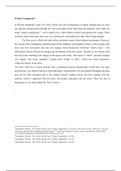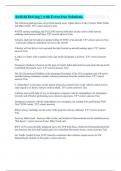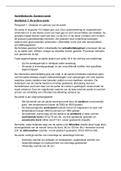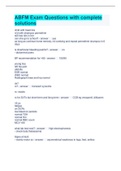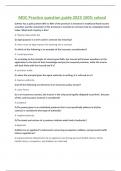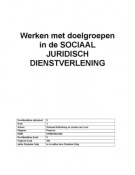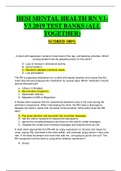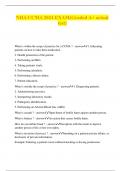Overig
Intermediality Weekly Assignments 1-7
- Vak
- Intermediality
- Instelling
- Universiteit Utrecht (UU)
These are all the weekly assignments from the course Intermediality. These were completed in the school year 2019/20, so keep that in mind as some questions may be different from your current year.
[Meer zien]
